Accommodations for Multiple Generations
What is a multigenerational home? This trend, defined as one in which grandparents and children — or two or more adult generations — share a space, is growing. In fact, in the U.S., nearly 1 in 5 Americans are living in a multigenerational home, according to Pew Research Center. That figure is nearing an all-time high. Fueled by economic hardship, the percentage of people residing in multigenerational homes peaked in 1950, when 21% of households fell into this category.
Today, this arrangement’s popularity is surging again as adults see the advantages of shared living spaces. From helping busy, working parents care for younger children to splitting the mortgage, utility bills, and taxes, benefits abound.
Banking on this trend only increasing, Lennar, the nation’s second-largest homebuilder, has created NextGen, the ‘Home Within the Home’ to seamlessly blend privacy and togetherness.
If you’re not prepared to purchase a new home, there are ways you can enhance and customize your property to make it welcoming and functional for all. Thinking about moving multiple generations under one roof? Consider the following features to make it pleasant and peaceful for all.
SEPARATE YET CONNECTED
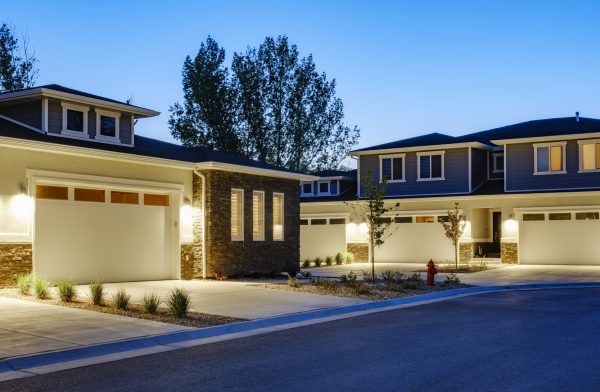
Decades ago, families who wished to live together purchased a duplex or multi-family home. While those residencies were on the same lot, they lacked the shared common areas where relatives could convene that today’s multigenerational homes feature.
Recognizing that each generation wishes to retain independence and privacy, having separate spaces that connect to either the main house or its most popular rooms is common. Separate entrances allow family members to retain their autonomy and come and go as they desire.
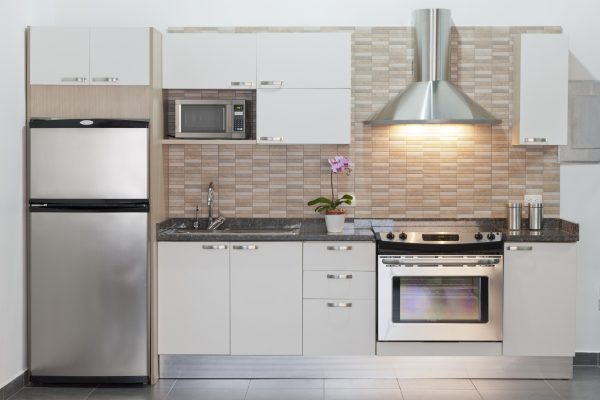
Adding a second kitchen, or smaller-scale kitchenette, helps should anyone have dietary restrictions and wish to prepare a different meal. A second laundry room also eliminates the potential for conflict by ensuring each party can clean items as needed. Further, clothing won’t get mixed up or misplaced. Designing a laundry room on the main level also makes it easy for family members who find stairs challenging.
For the ultimate in privacy, a second master suite with a private bath, preferably on the ground floor for the elder generation, offers comfort and convenience. Adding grab bars, taller commodes, barrier-free showers, and wider doors for wheelchairs or walkers to the bathrooms are helpful accommodations for seniors who wish to continue to age in the shared space rather than pursue assisted living or a nursing home.

CONTROLLING THE INDOOR CLIMATE
Anyone who’s shared a home, or even a hotel room, knows that finding the perfect temperature can be a challenge. Rather than constantly compromise, consider multi-zone heating and cooling, which essentially divides the house into multiple zones in which the temperature is controlled separately.
Though more complicated and costly to install than traditional heating and cooling systems, over time, a properly installed unit will help homeowners save energy and money on utility bills while enhancing comfort.
Decades ago, multiple generations of families living together was the norm. Today, that trend is back as this lifestyle’s appeal is once again on the rise. If you’re thinking of looking for a multigenerational home or enhancing your existing property to accommodate another generation, keep these considerations in mind.


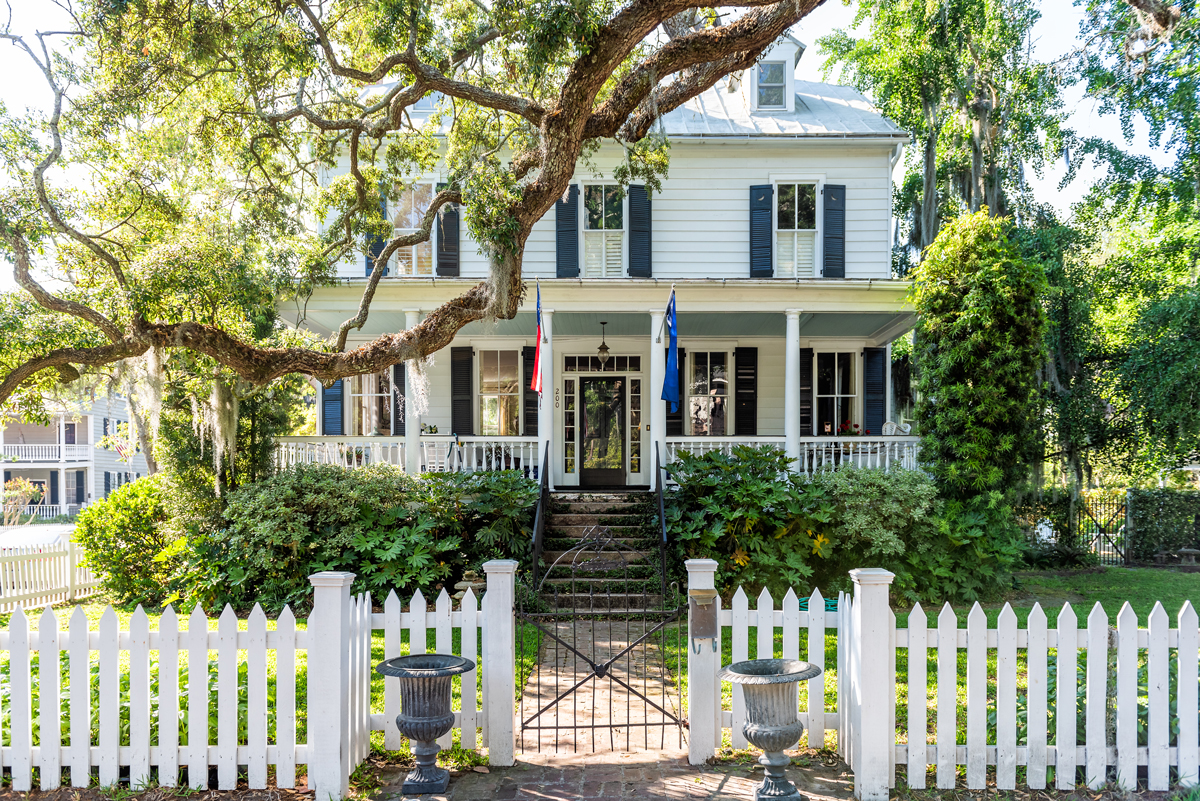
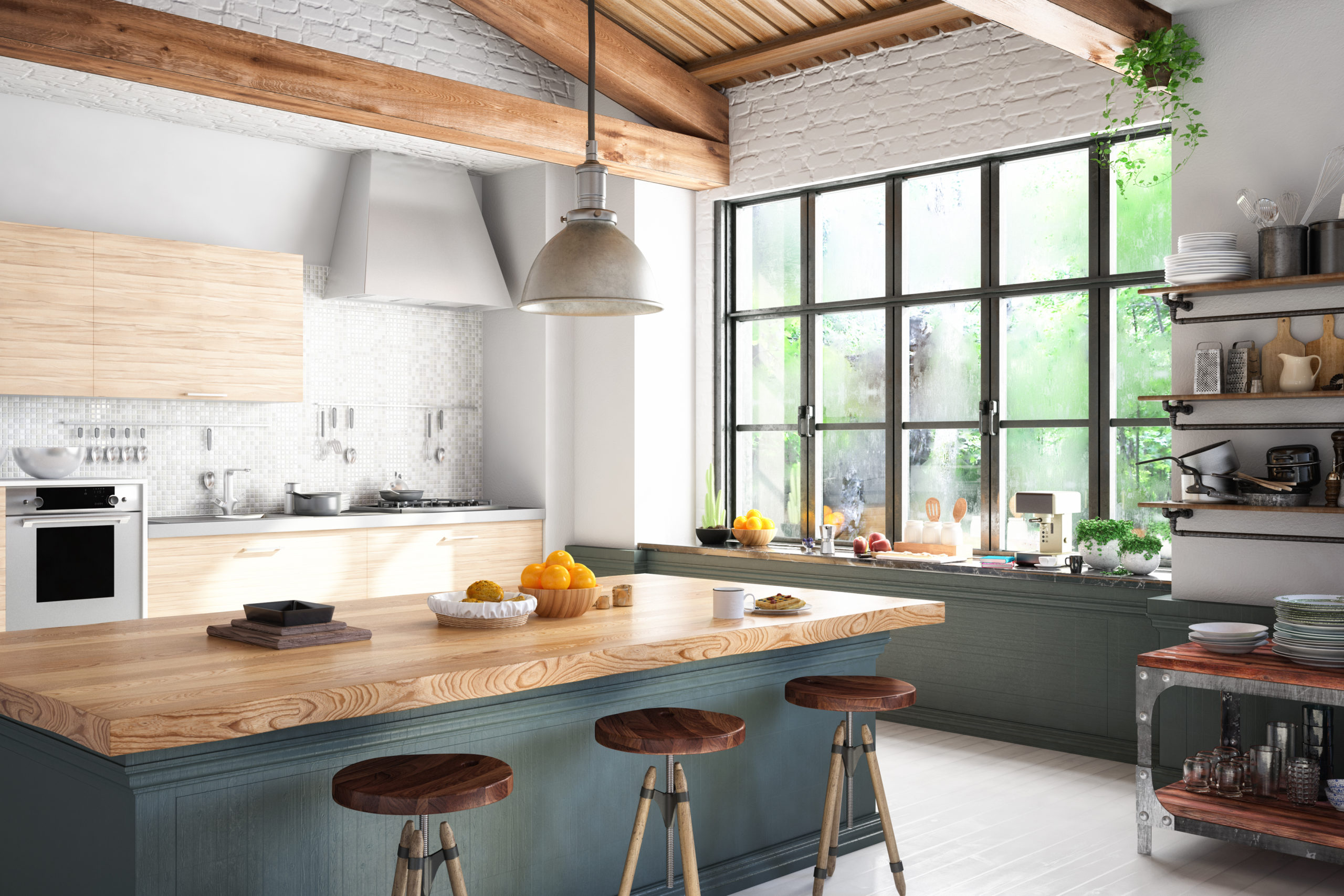
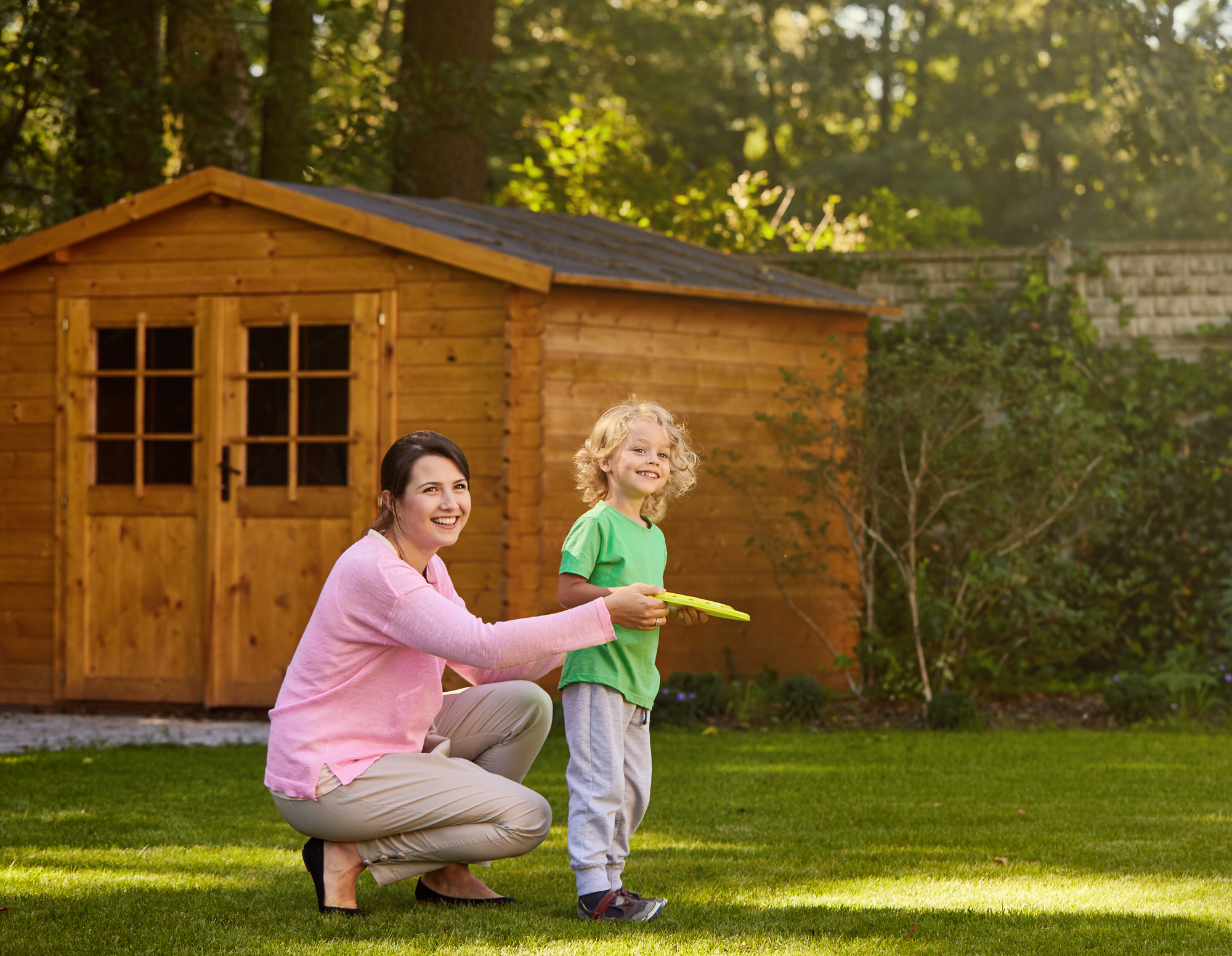
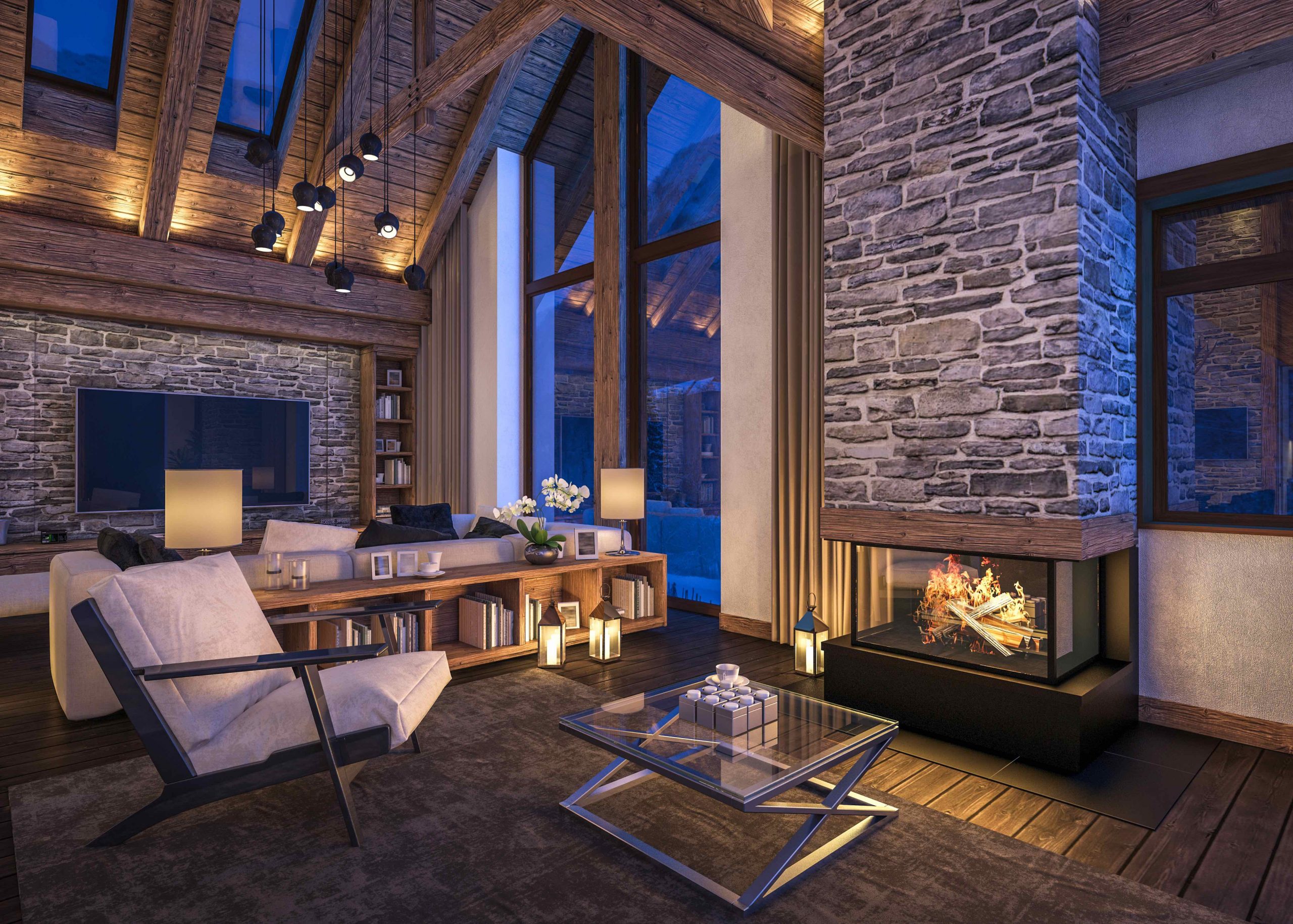

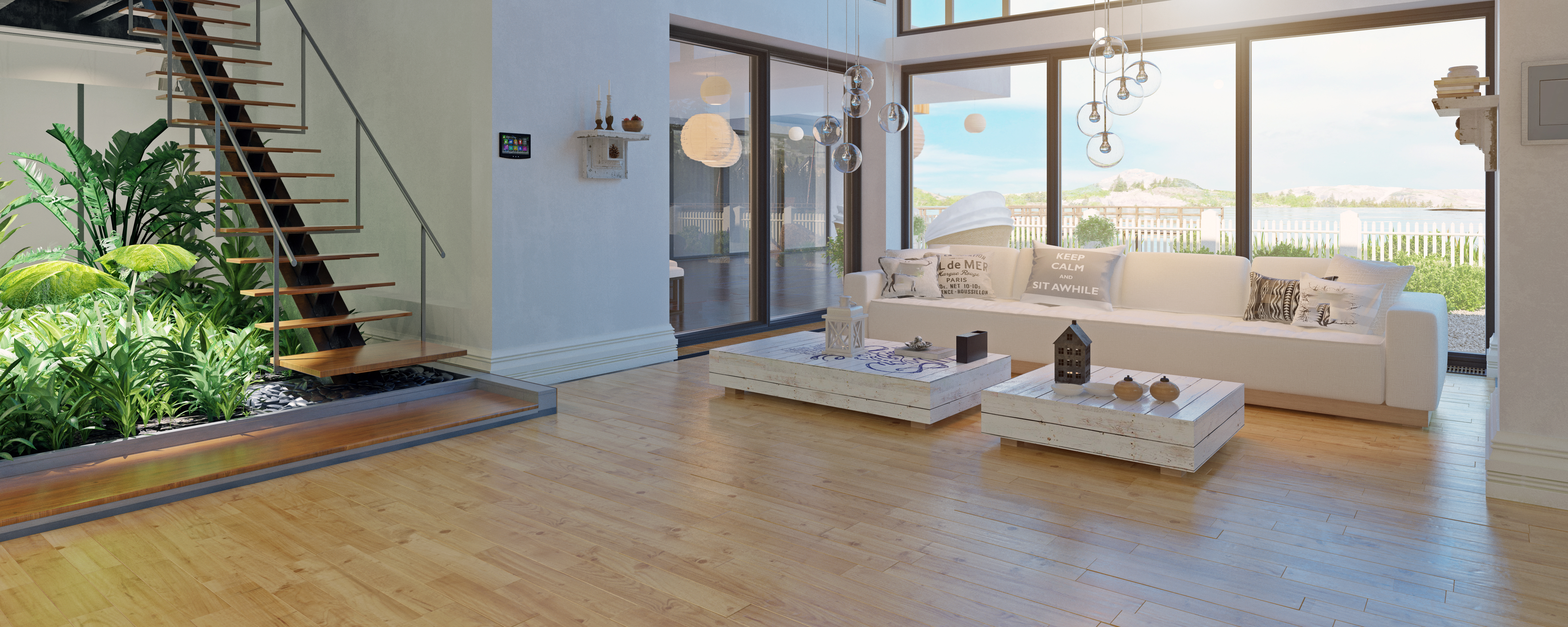
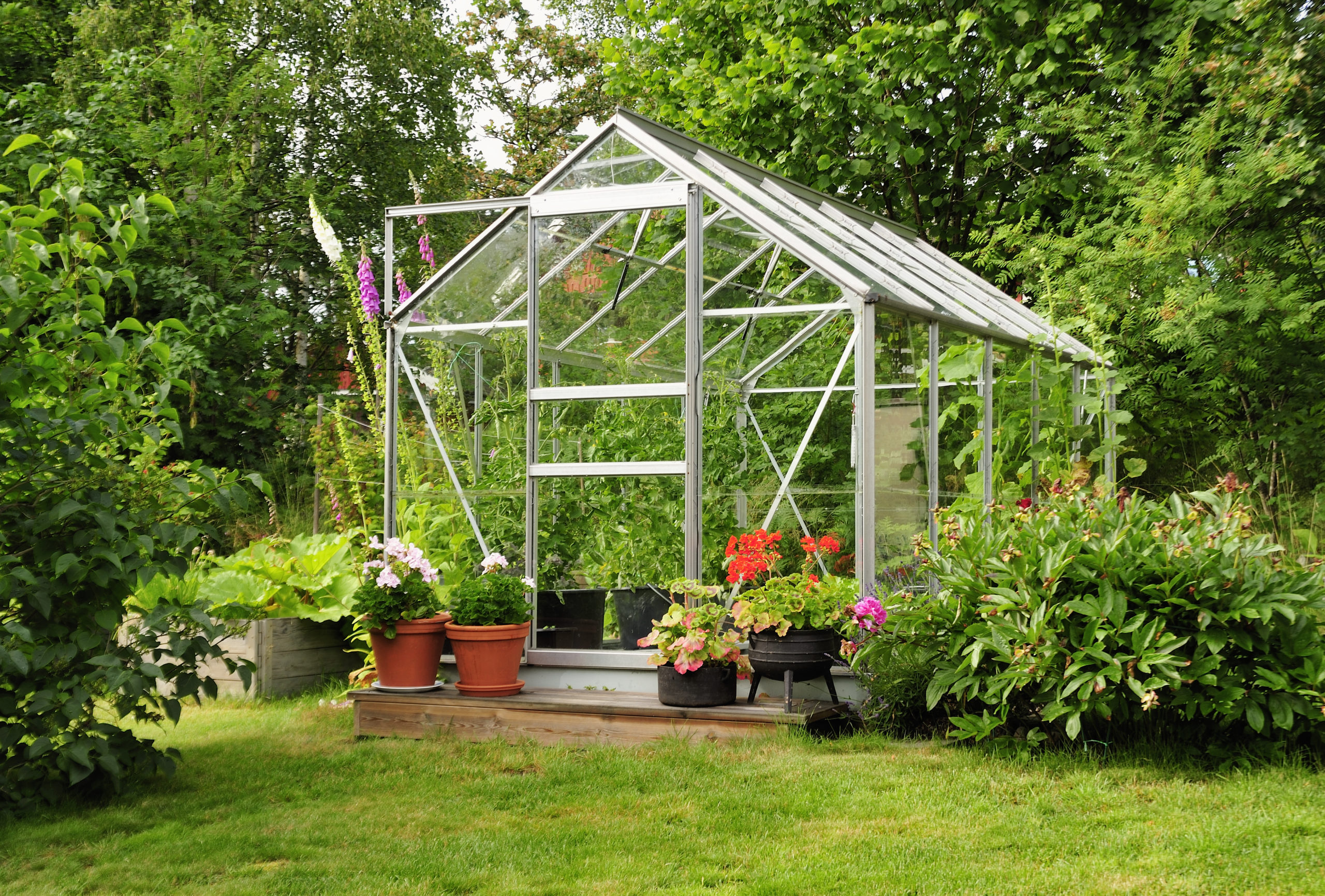

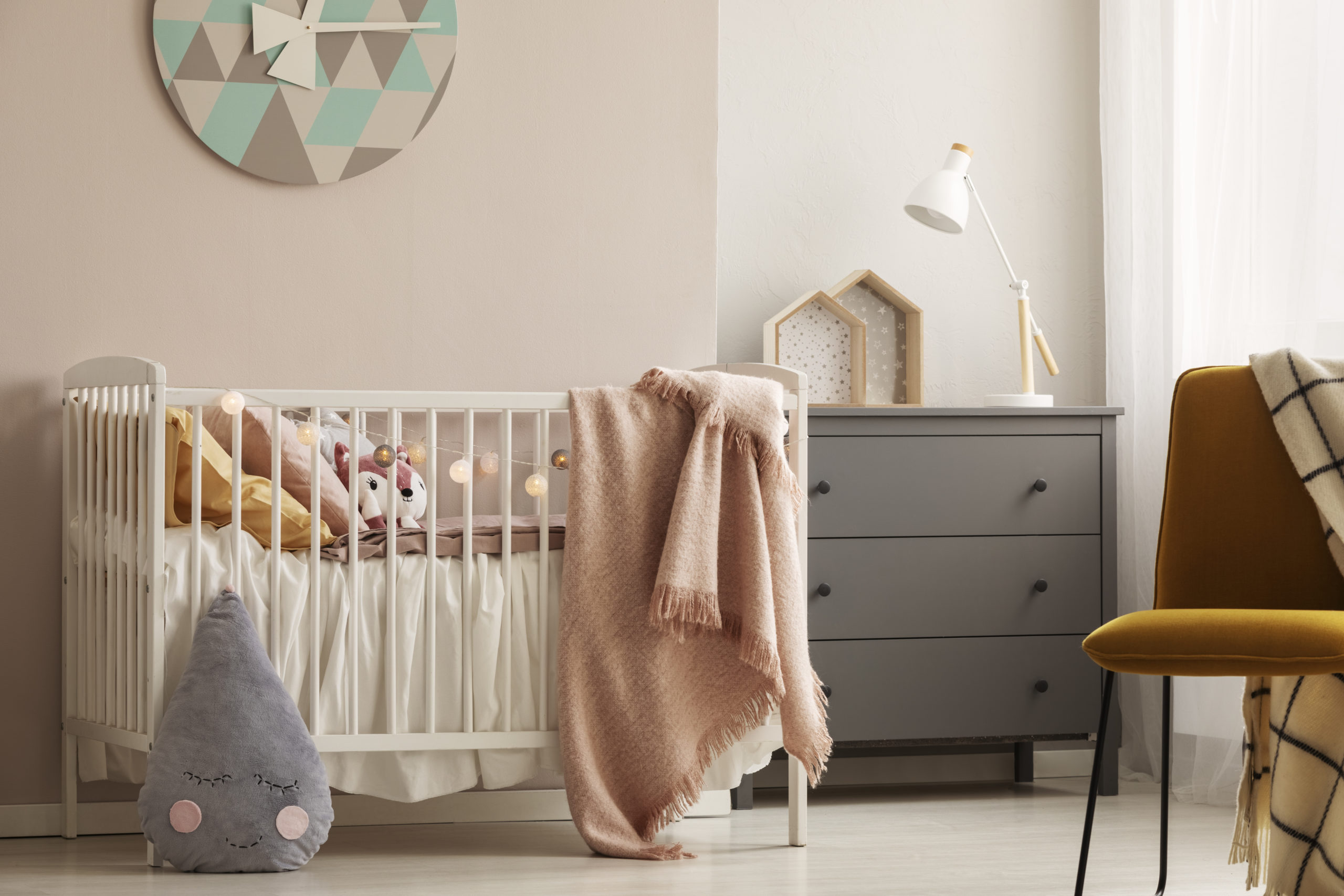
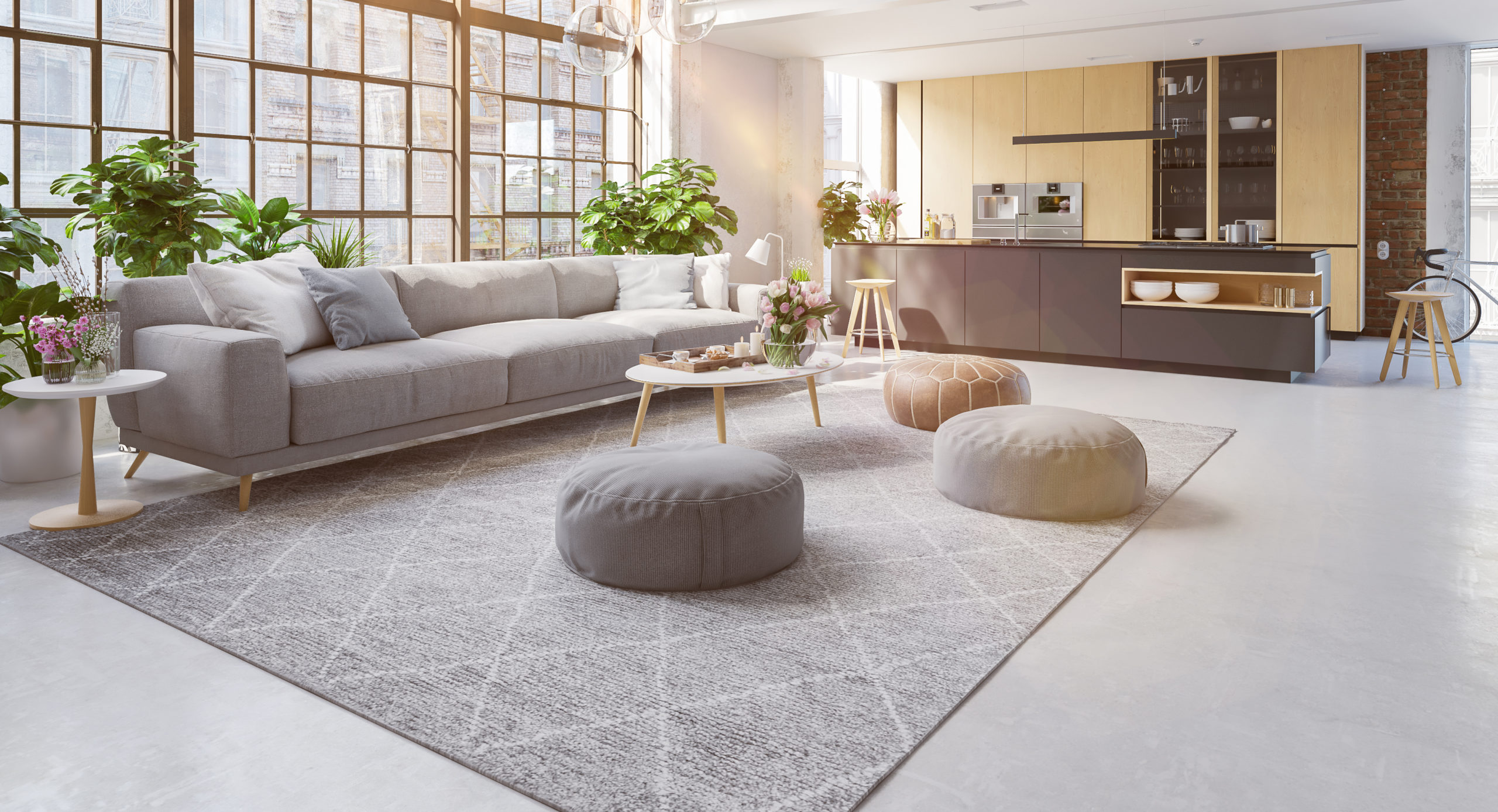





Share this article with your network!